Solana vs. Sui: High-Performance Blockchain Showdown in 2025
Key Takeaways
- Transaction Speed: Solana boasts proven real-world speeds of 3,000-5,000 TPS. Sui offers theoretical speeds of 120,000+ TPS for simple transfers due to its parallel execution model, though complex transactions are slower.
- Architectural Philosophy: Solana is a high-speed monolithic blockchain optimized for throughput. Sui is an object-centric blockchain designed for the lifecycle of digital assets, enabling unique horizontal scaling.
- Cost Efficiency: Both networks offer extremely low fees. Solana transactions average ~$0.00025. Sui transactions are similarly priced, with a unique gas model that separates execution fees from data storage costs.
- Developer Ecosystem & Language: Solana primarily uses Rust with the Anchor framework, which has a larger, more established developer base. Sui uses the Move language, designed for safer asset management but with a newer, smaller community.
Introduction
As in August 2025, the race to build the best blockchain isn't just about who's fastest anymore. The game has changed. Now, it’s about smart design. Solana has already proven itself as the go-to choice for high-speed decentralized finance (DeFi) and apps people use every day. But a new challenger, Sui has entered the ring with a completely different playbook. Created by the team that built Meta’s Diem project, Sui rethinks how a blockchain should work from the ground up, focusing on digital "objects" instead of traditional accounts. This showdown pits Solana, the reigning speed king, against Sui's radical new design to see which platform is truly building the future.
What is Solana?
Solana is a high-performance blockchain launched in 2020 by Anatoly Yakovenko. It is designed for extreme speed and scalability, utilizing a unique Proof of History (PoH) consensus mechanism combined with Proof of Stake. This architecture enables a theoretical throughput of over 65,000 transactions per second. Built to overcome the scalability limitations of older blockchains, Solana has become the go-to platform for high-frequency applications like decentralized exchanges (DEXs), gaming, and consumer-facing apps that demand instant finality and negligible costs.
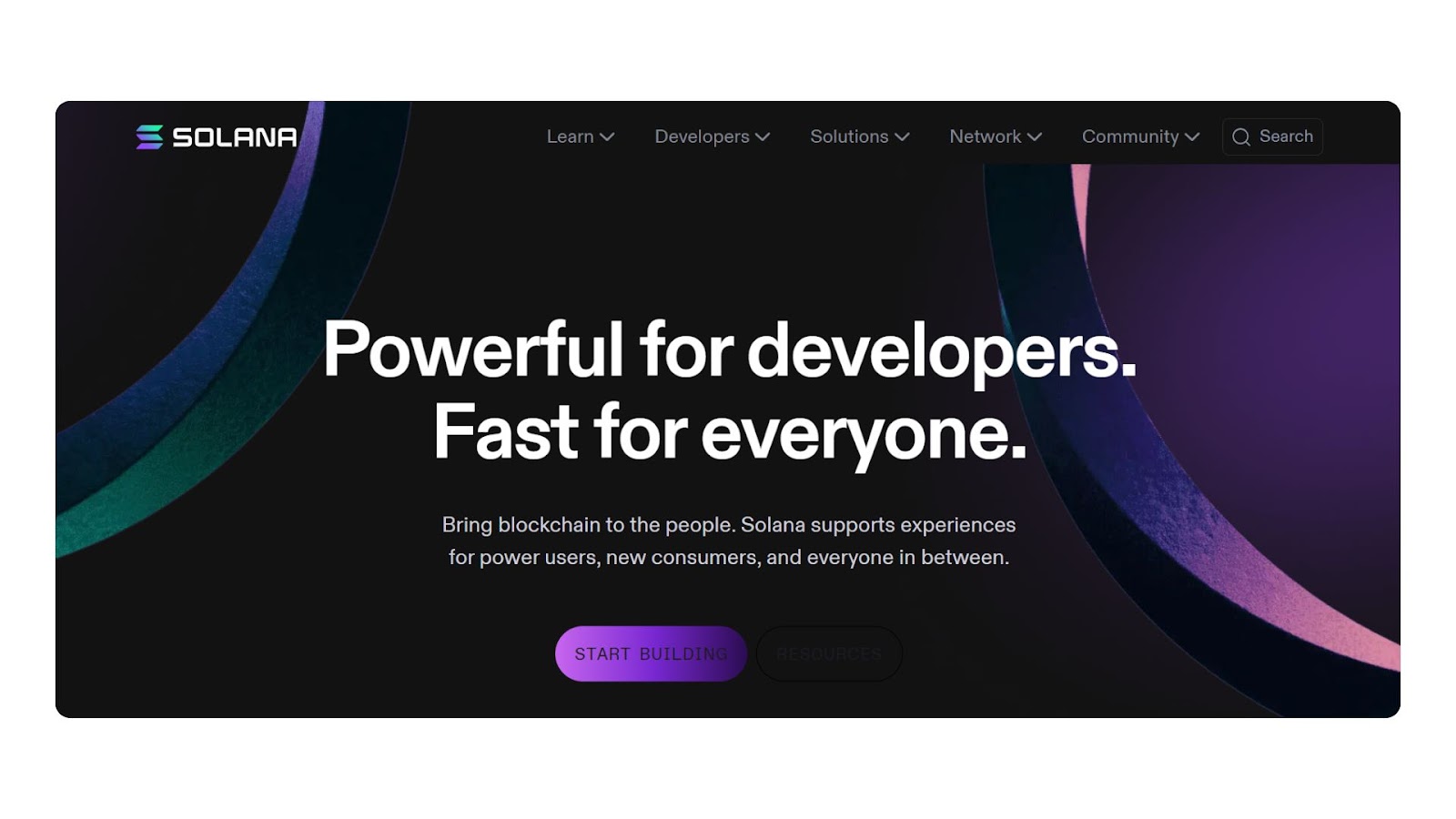
What is Sui?
Sui is a Layer 1 blockchain and smart contract platform launched in 2023 by Mysten Labs, a company founded by ex-Meta engineers who led the development of the Diem blockchain and Move programming language. Sui’s architecture is fundamentally different from Solana's. It uses an object-centric model, where the basic unit of data is an "object" (like an NFT or a coin) rather than an account. This allows Sui to process transactions in parallel. For simple transfers involving no shared objects, transactions can bypass consensus entirely, achieving massive scalability and near-instant finality.
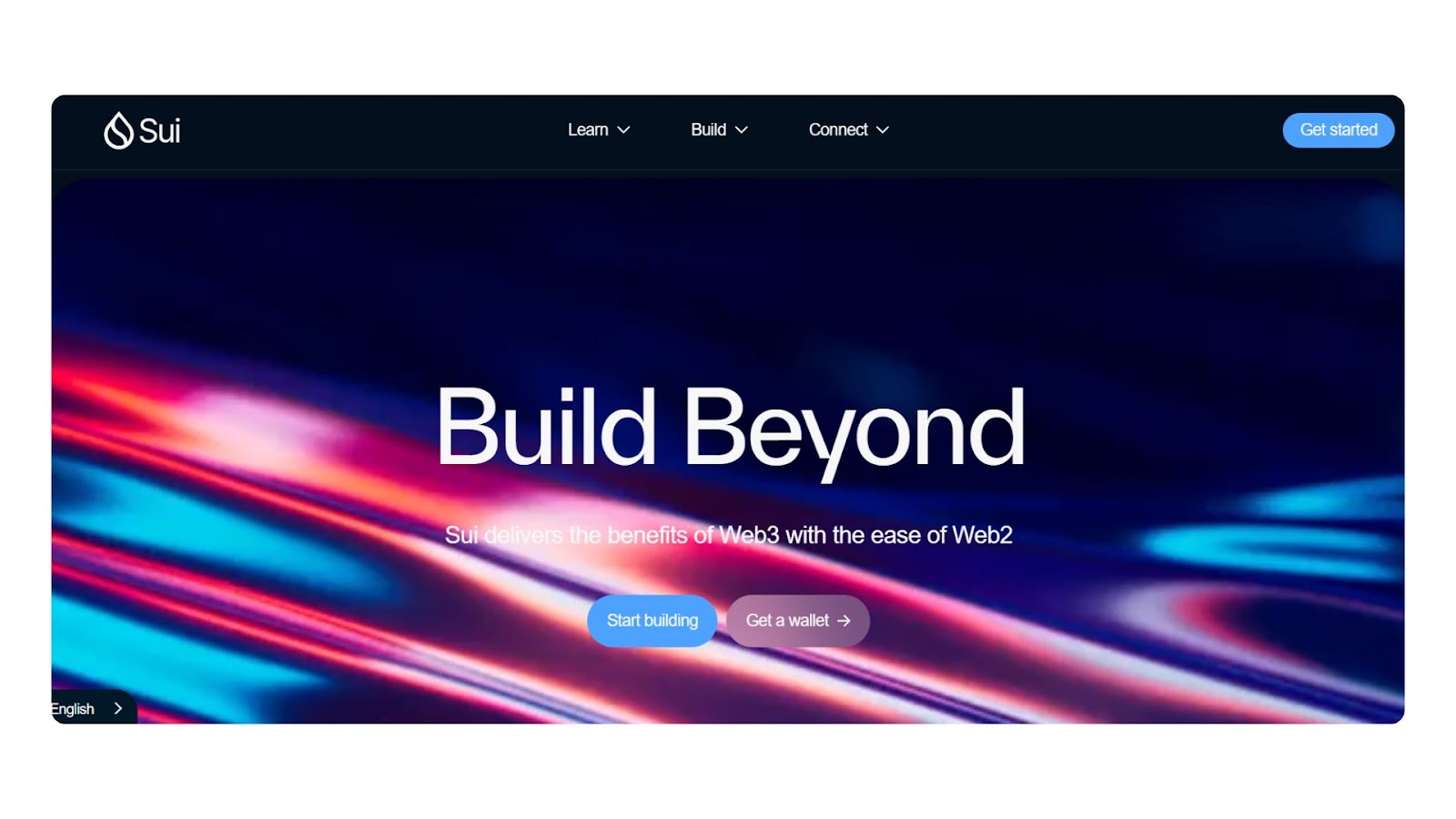
Developer Environment
Solana Development Environment
Solana provides a modern, performance-oriented toolkit built around one of the most popular systems programming languages.
- Languages: Rust (primary), C, C++
- Framework: Anchor (a popular framework that simplifies development, similar to Ruby on Rails)
- Libraries: Solana Web3.js, Metaplex (for NFTs)
- Developer Count: 3,000+ active developers
- Documentation: Growing rapidly, primarily in English.
While Solana's use of Rust presents a steeper learning curve, it attracts experienced programmers focused on building highly optimized and performant applications.
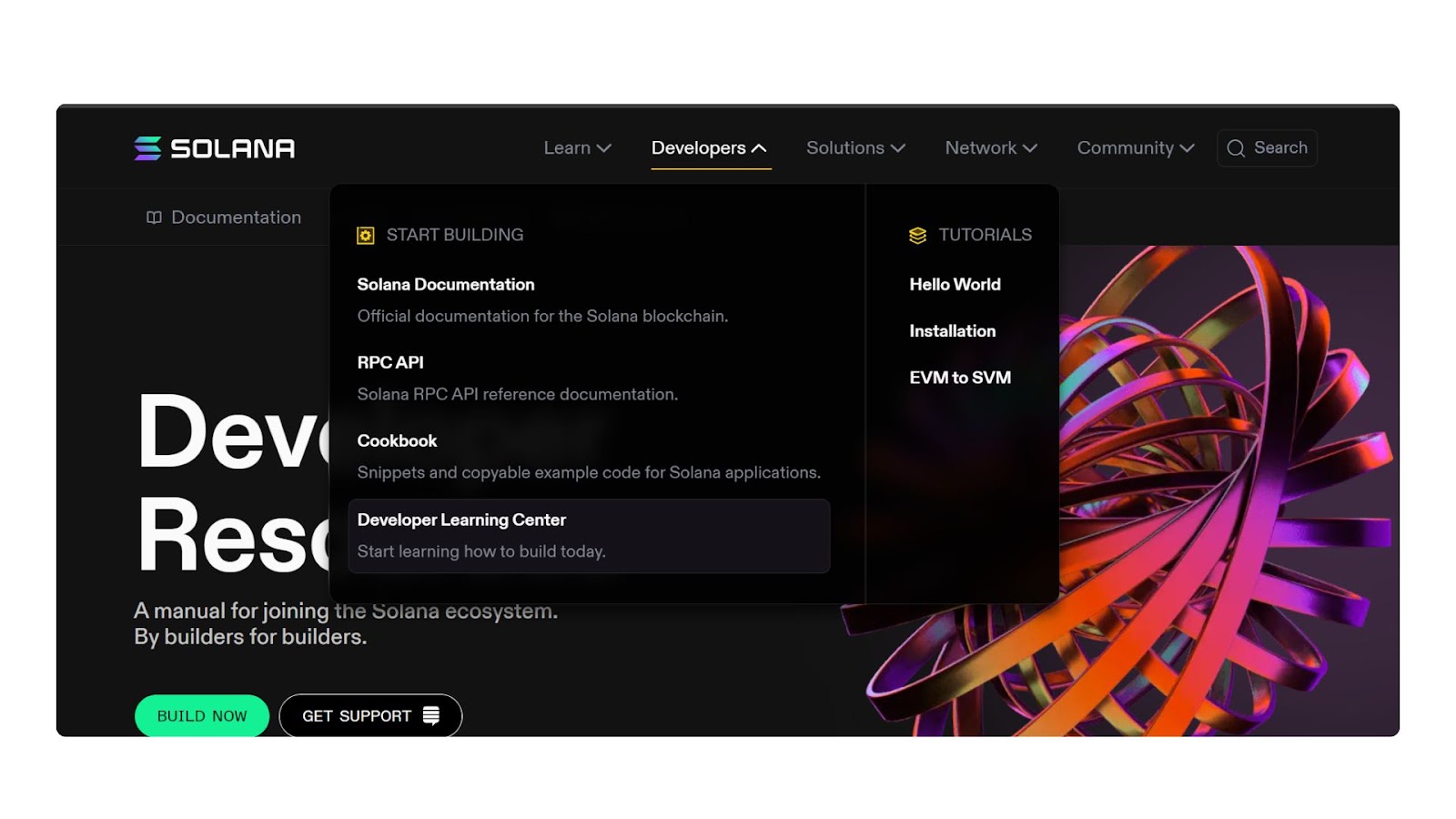
Sui Development Environment
Sui introduces the Move language, which was specifically designed to safely create, transfer, and manage digital assets on a blockchain.
- Language: Sui Move (an object-centric version of the original Move language)
- Framework: Sui Framework
- Libraries: Sui TypeScript SDK, sponsored transaction tools
- Developer Count: A newer but rapidly growing community of several hundred active developers.
- Documentation: Comprehensive and well-maintained, reflecting its strong academic and corporate origins.
The Move language is Sui's key advantage, offering built-in safeguards against common bugs, such as re-entrancy, and ensuring assets can't be accidentally duplicated or destroyed.
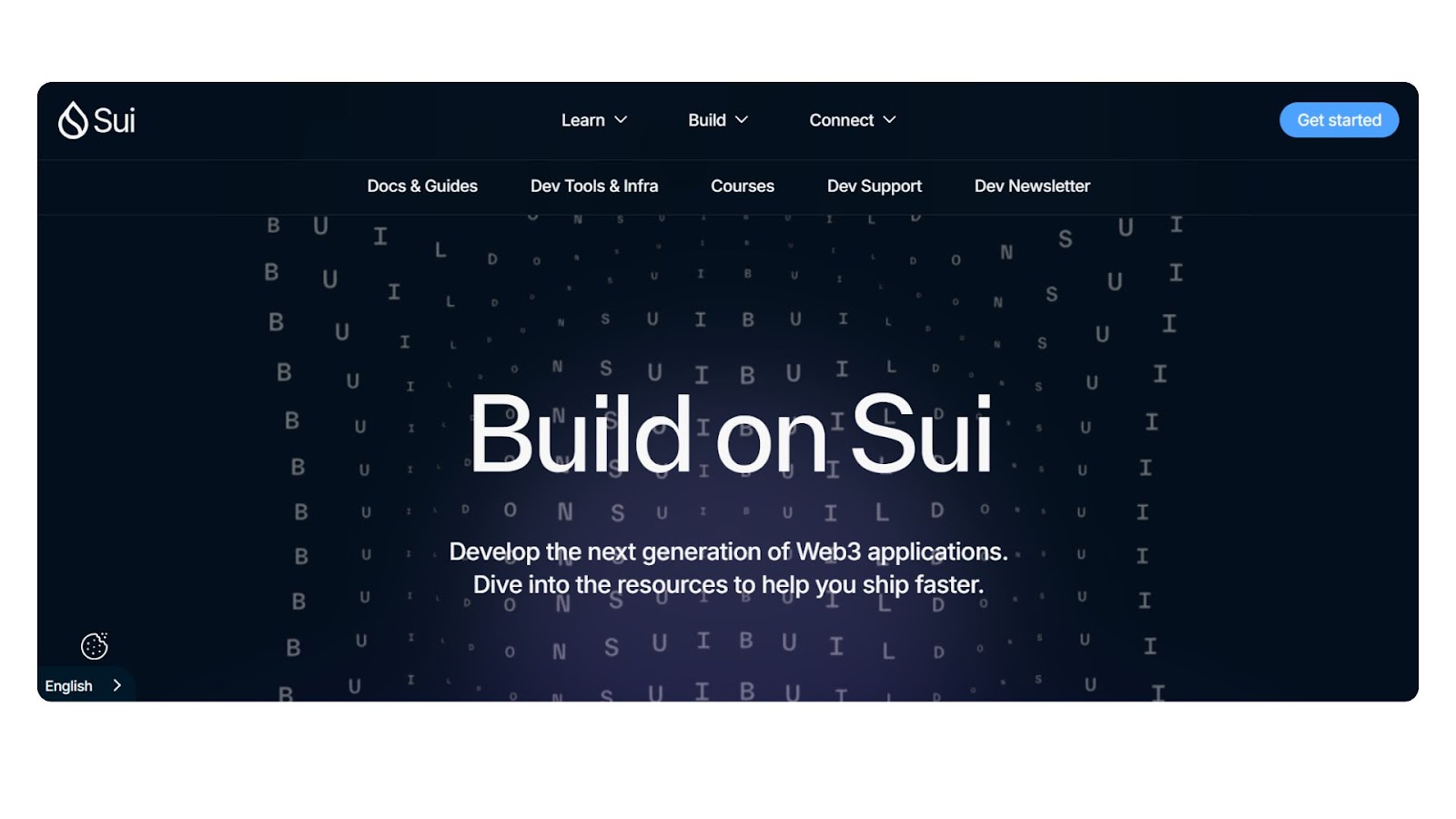
Decentralization and Security
Solana Decentralization and Security
Solana operates with approximately 1,500 validators across more than 40 countries. While it has historically relied on a single client implementation from Solana Labs, the development of a second client, Firedancer, is a major priority to enhance diversity. Despite facing five major outages between 2021-2023, Solana has achieved 99.9%+ uptime in 2024–2025. In DeFi, Solana is a powerhouse, boasting over $10B+ in Total Value Locked (TVL) and handling over 50% of global DEX volume through protocols like Jupiter and Raydium.
Sui Decentralization and Security
Sui is secured by a set of around 100 permissioned validators, though this is expected to grow. It uses a novel consensus engine called Narwhal and Bullshark, which separates transaction dissemination from ordering, allowing for high throughput. Sui’s security model is built around its object-centric design, where access controls are inherent to the assets themselves. Its DeFi ecosystem is young but growing, with a TVL of around $1B across protocols like Cetus and Navi Protocol. The key innovation is its gas mechanism, where users pay for execution and storage separately, with storage fees being rebated when data is deleted.
Pros and Cons
Solana: Pros and Cons
Advantages (Pros)
- Lightning-Fast Speed: 400ms block times and 2.5-second finality offer a seamless user experience for trading and gaming.
- Ultra-Low Transaction Fees: An average cost of $0.00025 makes high-volume applications economically viable.
- Massive Throughput: Reliably processes 3,000-5,000 real-world TPS, preventing network congestion.
- Dominant DeFi Ecosystem: Handles over 50% of global DEX volume, attracting deep liquidity and a massive user base.
- Established Network Effect: A large, active community and a proven track record give it a significant first-mover advantage over newer chains.
Disadvantages (Cons)
- Development Complexity: Rust programming requires specialized knowledge compared to Solidity
Sui: Pros and Cons
Advantages (Pros)
- Horizontal Scalability: The object model allows for parallel processing, meaning network capacity grows as more nodes are added. Simple transactions can achieve over 120,000 TPS.
- Superior Asset Management: The Move language is purpose-built for creating, securing, and managing complex digital assets with built-in safety features.
- Innovative Gas Model: Separating storage and execution fees creates a more predictable cost environment and allows for sponsored transactions, improving user experience.
- Strong Technical Pedigree: Built by the world-class team that created the Diem blockchain and Move language at Meta.
- No-Consensus for Simple Transactions: Simple asset transfers don't require global consensus, making them incredibly fast and cheap.
Disadvantages (Cons)
- New and Less Battle-Tested: As a newer chain, it lacks the extensive track record and stress-testing of Solana.
- Smaller Ecosystem: The developer base, user count, and TVL are significantly smaller than Solana's, presenting a major adoption hurdle.
Performance Comparison
Transaction Speed and Throughput
Network Fees Analysis
Investment Perspective
Solana Investment Thesis
- Bullish Factors: Massive performance advantages, dominant in high-growth sectors (DeFi, memecoins), strong brand recognition, and a large, loyal developer community.
- Risk Factors: Historical network stability concerns, validator centralization, and intense competition from new architectures like Sui.
Sui Investment Thesis
- Bullish Factors: World-class team with a strong technical vision, object-centric model is a perfect fit for gaming and complex digital assets, strong VC backing, and potential for true horizontal scaling.
- Risk Factors: Intense competition from established players, significant adoption hurdles for the Move language and a new ecosystem, and centralization concerns with its permissioned validator set.
Future Development Roadmaps
Solana 2025-2026 Priorities
- Firedancer Client: Launching a second validator client to improve decentralization and resilience.
- Token-2022 Adoption: Driving adoption of advanced token standards for enterprise and DeFi.
- Mobile Integration: Expanding the Saga phone ecosystem and mobile tooling.
- Continued Performance Enhancements: Further optimizing the core protocol for speed and reliability.
Sui 2025-2026 Priorities
- Validator Set Expansion: Moving towards a more permissionless and larger validator set to improve decentralization.
- Mysticeti Consensus: Rolling out a new, lower-latency consensus mechanism.
- Interoperability: Building bridges and tools to connect with other major ecosystems.
- Developer Tooling: Enhancing the Sui Move language and SDKs to abstract complexity and attract more developers.
Conclusion
The Solana vs. Sui debate is a fascinating look at two different philosophies for achieving scale. In 2025, the choice is not about which is "faster" but which architecture is better suited for a specific task.
Solana remains the undisputed king of high-frequency DeFi and broad consumer applications. Its mature ecosystem, deep liquidity, and massive user base make it the most practical choice for projects looking to tap into a large, existing market immediately.
Sui, however, represents a compelling vision for the future of digital assets. Its object-centric model and the safety of the Move language offer a superior foundation for complex gaming economies, dynamic NFTs, and other applications where the integrity and lifecycle of individual assets are paramount.
For developers and investors, the optimal strategy may not be to choose a winner, but to understand the strengths of each. Solana is the platform for today's high-velocity markets, while Sui is building a powerful, asset-centric foundation for the markets of tomorrow.
For anyone exploring Solana and Base, the first step is setting up a reliable Backpack Wallet, which includes both a Solana wallet and a Base wallet, letting you manage assets across ecosystems in one place. If you’re new, check out our guide on what is a Solana wallet to get started.
Learn more about Backpack
Exchange | Wallet | Twitter | Discord
Disclaimer: This content is presented to you on an “as is” basis for general information and educational purposes only, without representation or warranty of any kind. It should not be construed as financial, legal or other professional advice, nor is it intended to recommend the purchase of any specific product or service. You should seek your own advice from appropriate professional advisors. Where the article is contributed by a third party contributor, please note that those views expressed belong to the third party contributor, and do not necessarily reflect those of Backpack. Please read our full disclaimer for further details. Digital asset prices can be volatile. The value of your investment may go down or up and you may not get back the amount invested. You are solely responsible for your investment decisions and Backpack is not liable for any losses you may incur. This material should not be construed as financial, legal or other professional advice.

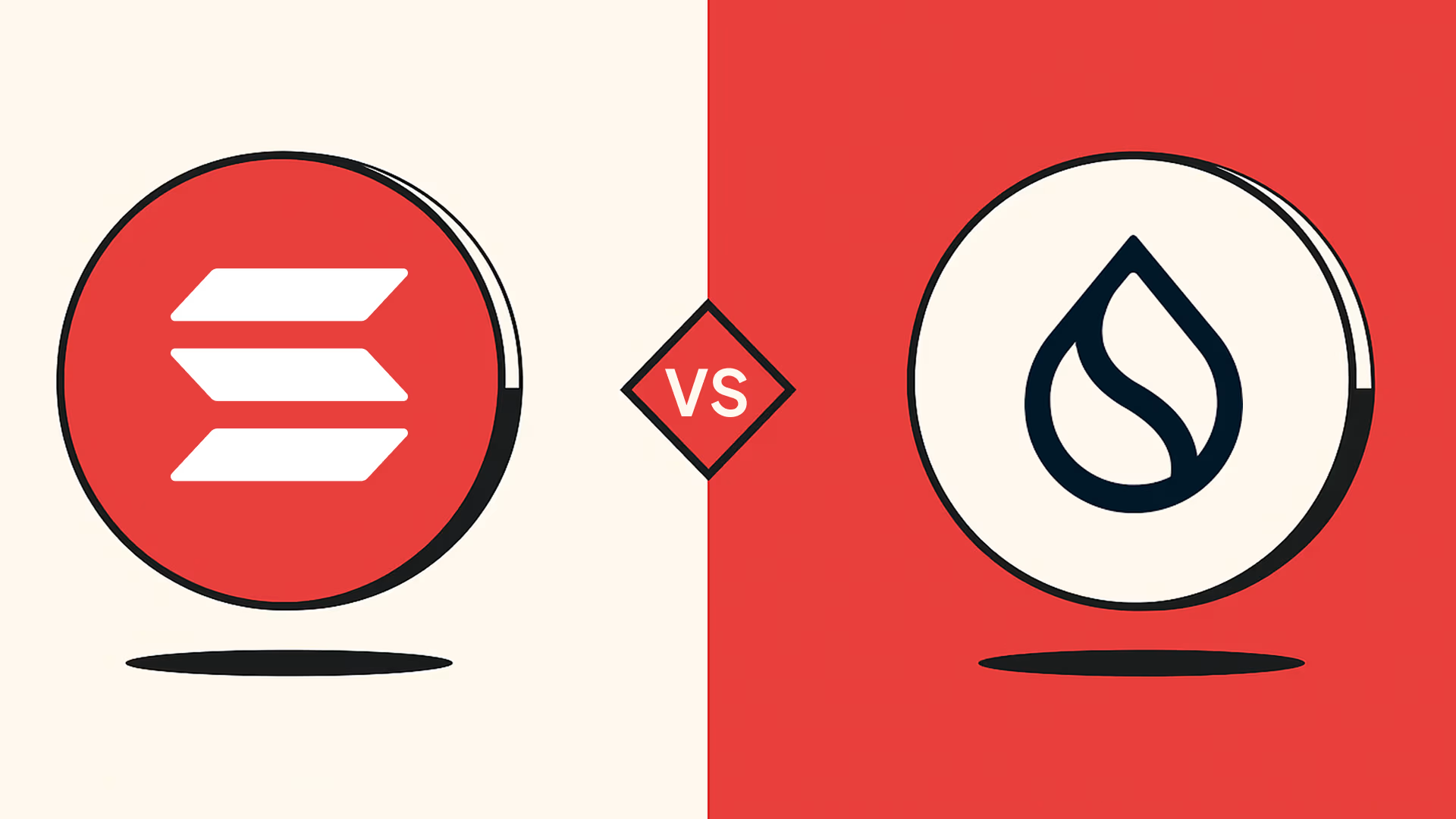

.png)
